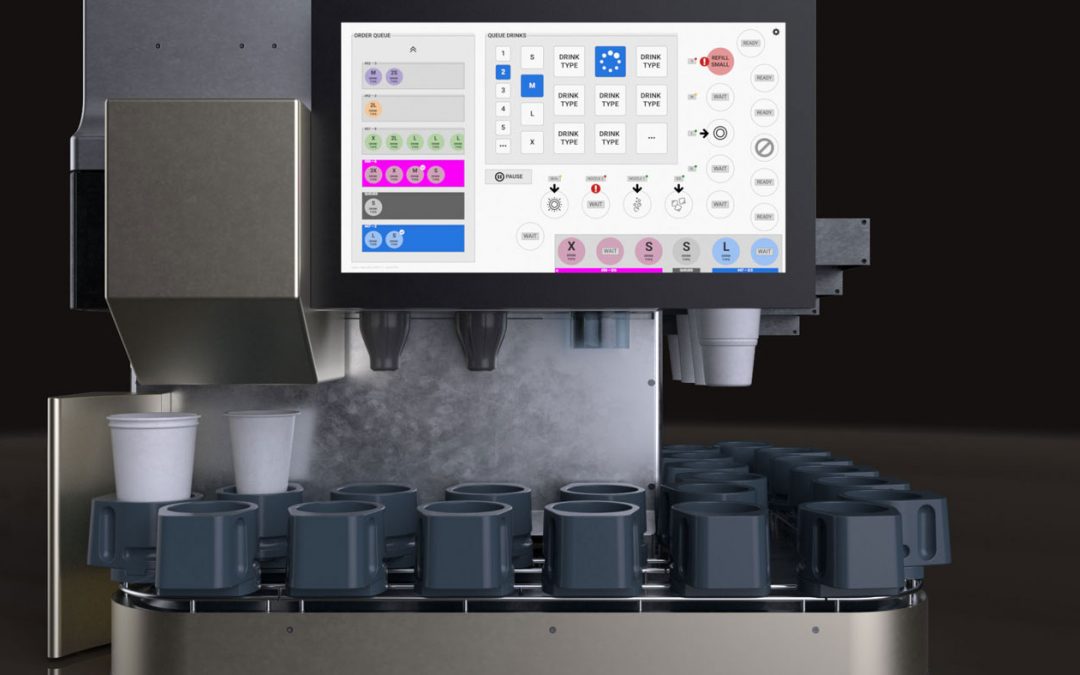Miso Robotics is bringing another automated tool to the kitchen, an automated beverage dispenser.
The maker of the automated Flippy robotic arm, which can make burgers or operate a fryer, has partnered with Lancer Worldwide, a manufacturer in the beverage space. Lancer developed the beverage dispenser that plugs into the overall Miso system dubbed RaaS or robotics as a service.
According to a press release, the system will integrate with Miso’s end-to-end solution to pull drink orders directly from in-house or digital points of sale, fulfill the beverage order, cover it with a low-waste seal instead of a typical lid ready for an employee to grab.
The goal, shave order time out of high-volume kitchens in an era of difficult labor. According to a SeeLevel HX report, drive-thru times had slowed down by 29.8 seconds as sales volume rises and finding labor becomes more challenging.
“The quick service brands we work with every day are well aware of what their challenges are – they know they need more efficiency, and they know there is new technology out there that could make it possible. Miso Robotics will help us bring all the right pieces together for an innovative design that makes automation, connectivity, and intelligence possible for operators,” said Brad Davis, director of applied technologies for Lancer Worldwide.
The 54-year-old company has been developing beverage systems for a long time, but this marks the first fully automated solution from the company.
“Lancer has consistently supplied the market with dependable products for more than 50 years and there was no question when it came time to decide who to partner with to create an automated beverage dispenser,” said Jake Brewer, chief strategy officer of Miso Robotics. “Lancer has a legacy of stand-out industry quality and shares in our vision for beverage innovation and futuristic design.”
It’s a novel approach to bring more automation to the back of house and make the overall efficiency of whatever box work a little better. Miso talks broadly about the potential for commercial kitchens, but there could be a lot of potential for ghost kitchens or small-format, low-labor kitchens where the number of employees is low by design.


